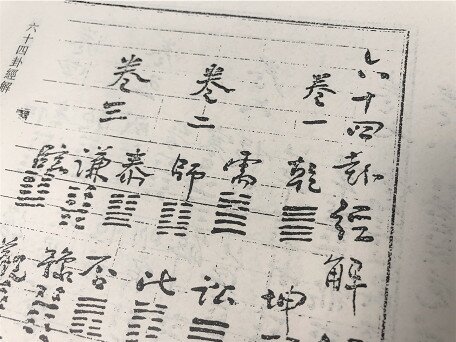Do children learn Chinese with receiving phonetic system training affect the role of auditory temporal processing to reading? – A longitudinal study
- Project Scheme:
- General Research Fund
- Project Year:
- 2019/2020
- Project Leader:
- Dr WANG, Li Chih
- (Department of Special Education and Counselling)

This project proposes a longitudinal study, involving comparison groups, to trace and compare the relationship of auditory temporal processing, phonological processing, and reading performance in Hong Kong and Taiwan.
We intend to discover how phonetic system training (e.g., pinyin and Zhuyin Fuhao) influences how effectively preschool age children learn to read by tracing and comparing the development of children in Hong Kong and Taiwan for two years.
In Hong Kong, where the primary spoken language is Cantonese, children are taught to read by the look-and-say method. In Taiwan and Mainland China, where the primary spoken language is Mandarin, children are taught to read through phonetic system training. Although the impact of the different teaching methods on phonological awareness is well defined, the underlying mechanism, the ability to detect rapidly presenting sounds and how it works, remains unclear. Without a clear understanding of this mechanism, the design of strategies to help children learn to read may be incomplete. A clearer examination of this issue will be carried out in this project.
The capacity to detect rapidly presenting sounds accurately, or auditory temporal processing, has been demonstrated as playing an important role in both phonological processing (phonological awareness and rapid naming) and reading performance (e.g., word reading) in English and other alphabetic languages, which rely heavily on readers’ ability to process auditory information.
However, considering the widely differing characteristics of different languages, the importance of auditory temporal processing in non-alphabetic languages, such as Chinese, could be influenced by a mechanism or mechanisms different from those that apply to an alphabetic language. In Chinese, only a few studies have focused on links between auditory temporal processing and reading. Its role in reading Chinese is still being debated. There is also an obvious difference between studies conducted in Hong Kong and in Mainland China/Taiwan. We can infer that this may be related to the different methods of learning to read Chinese.
This project proposes a longitudinal study, involving comparison groups, to trace and compare the relationship of auditory temporal processing, phonological processing, and reading performance in Hong Kong and Taiwan. The project will last two years in order to study children before their formal reading education commences, and demonstrate the impact of learning to read on receiving phonetic system training over time. More specifically, this project will (1) compare the auditory temporal processing, phonological processing, and reading performance of Hong Kong children and Taiwan children across different testing times, and (2) examine the relationships between auditory temporal processing, phonological processing, and reading performance of Hong Kong children and Taiwan children across different testing times.
We plan to recruit a total of 200 typically developing children (240 in the beginning to account for attrition) for this proposed study. They will have an average age of four years, and be split evenly between Hong Kong and Taiwan, as Taiwanese children begin to learn Zhuyin Fuhao when they are five to six years old. All potential participants will be given three tests to screen and match their demographic information and another six to seven cognitive and literacy ability tasks three times at seven-month intervals over the study period.
The outcomes of this project will enhance our understanding of the impact of phonetic system learning, especially in children of preschool age. At the practical level, these results may give us another tool, or perspective, to prevent at-risk preschool children from developing reading problems, which would lead to greatly improved methods of differential adaptations of Chinese learning.








